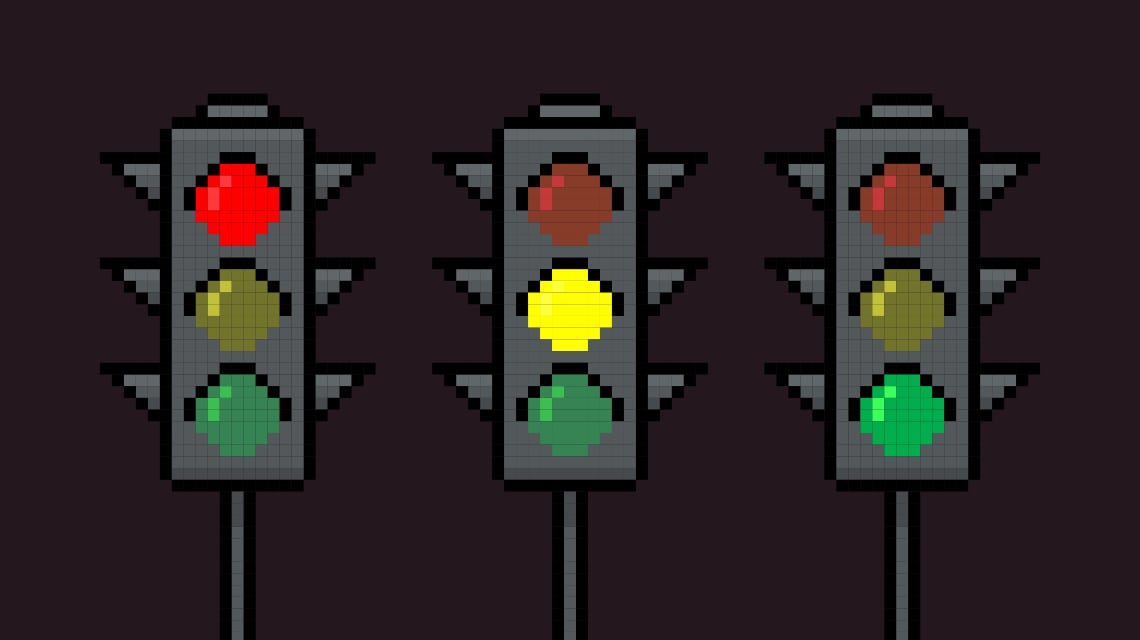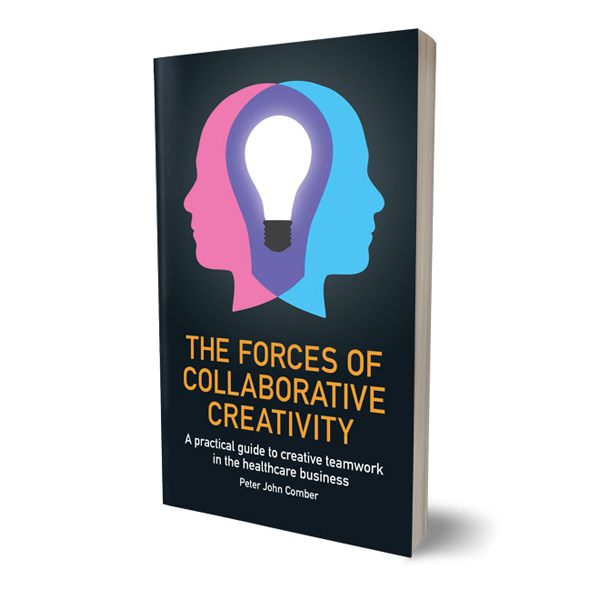The case for Co-creation.
In large organizations “our idea” beats “my idea”.
If you work in a large organization you will be familiar, depending on your role, with one (or both) of the following scenarios.
Scenario A - You create a brilliant strategy, charge your co-workers with bringing it to life and then expend time and energy correcting their execution because; “they don’t get it”.
Scenario B - You are given a strategy to execute, you devise a plan that adapts the strategy to your understanding of the market, your own business targets, the resources available and the input of internal company functions that need to sign off on various aspects of the plan. But you are continually frustrated by requests for changes to get; “closer to the strategy”.
In the above, even if the good faith, enthusiasm and professional ability of all involved is a given, a positive outcome is not. Command and control can be effective with clear orders and actions, but in more complex and nuanced activities reciprocal comprehension is required. Allow me to describe Scenario C, where the C stands for Co-creation.
Scenario C - A group of co-workers of diverse levels of authority and function, appropriate to the scope of the strategy, convene for eight hours. The group is moderated by an external (neutral) expert who guides them through a series of creative tasks (both in small teams and as a group) devised specifically for the scope of the session.
Upon completion of the tasks the group have obtained three things:
A shared understanding of the current situation from diverse points of view. The output recognizes the current abilities, aspirations and limitations of the organization.
Ideas that are the result of collaboration. “Our ideas” instead of “yours” or “mine”.
Solutions that have received input from all the internal functions present. Setting expectations, limitations and parameters at the concept stage helps avoid costly “realignment” during execution.
For any complex task a number of people in an organization continually make decisions that collectively lead to the tangible reality in the market. If all the decisions are aligned (for example, through a co-creation session) the outcomes are more efficient and effective. But if the people making decisions are not aligned that can easily become Scenario D, where the D stands for Disaster.





